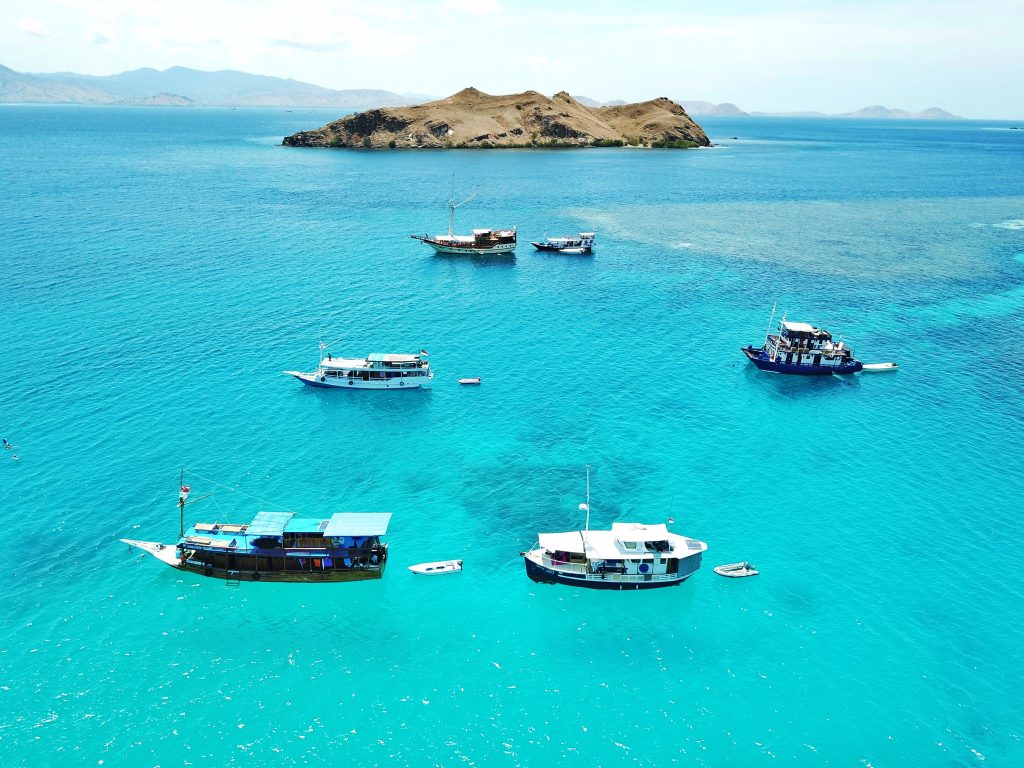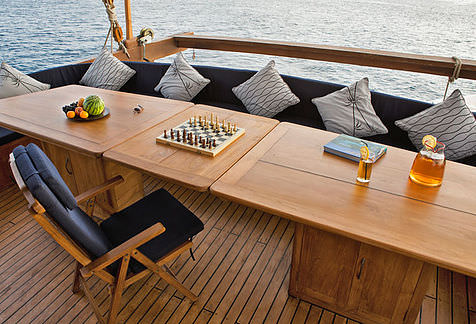Komodo island diving is on almost every diver’s bucket list who knows anything about this famed national park in Indonesia, 450 kilometers east of Bali. Komodo is a must-see destination with its pristine coral reefs and spectacular underwater scenery. It’s one of the few top dive destinations where you can enjoy both macro and macro diving. You can meet reef sharks, mola molas, and a variety of manta rays are among the large marine species.

Komodo’s marine biodiversity is on another level, thanks to the region’s National Park status, which grants it particular protection, as well as the fact that it is located within the coral triangle. Most people are unaware, however, that Komodo National Park is divide into three distinct regions: north, central, and south. Each with its own individual charms and ecosystems.
Which of these you get to see depends on whether you go Komodo island trip on a liveaboard or at a dive resort. Even after you’ve decided, there are dozens of different liveaboards and resorts to choose from, all with distinct dive itineraries, prices, and added activities.
How to get to Komodo island?
Liveaboards come in all shapes and sizes. Some are budget-friendly backpacker hostels, while others are exceedingly opulent, with amenities such as private cabins and spas, as well as added activities such as water sports. Optional extras on most liveaboards include beach visits and a trip to Komodo Island’s Komodo Dragon Reserve.

This is the option we recommend. You’ll spend more time between dives on a much larger boat with more facilities than if you went with a komodo island trip, and you’ll get to do more diving, including at more remote spots that can only reach this way, which means you’ll meet less other divers.
North Komodo
North Komodo is known for its stunning underwater scenery of towering pinnacles and rocky outcrops, which are ornament with a variety of colorful and robust hard coral species. It also has great visibility and strong drift dives.
Numerous reef species, including fusiliers, unicornfish, and bannerfish, live in these bright pinnacles reefs, which also include diverse sponges. These fish attract predators like reef sharks, barracuda, tuna, and dolphins, so lucky divers may find themselves in the middle of a full-fledged hunt.
Castle Rock is a long-time favorite Komodo island diving trip, including blue dragon coral, golden table coral, and bronze-hued brain coral, as well as a variety of pink, orange, and yellow tube and vase sponges. Divers will find many starfish, blue-eyed crabs, and scorpionfish crawling and creeping among them.
Central Komodo
The center portion of Komodo National Park, which encompasses the majority of the park, is well-known among local divers for its incredible diversity. In terms of underwater terrain, diving spots, and marine life, there is a sharp contrast here.
Central Komodo is the greatest spot for muck diving, with good drift dives over gorgeous coral gardens, towering pinnacles similar to those found further north, and manta ray cleaning stations (though not as many as further north).
Siaba Besar is a popular muck diving spot; it’s a horseshoe-shaped bay with a beautiful coral reef teeming with broadclub cuttlefish, hairy shrimp, wonderpus, frogfish, seahorses, and a slew of other strange creatures. It’s also a fantastic area to see reef sharks, stingrays, and turtles.
South Komodo island
The Pillerstien locations, which have epic terrain with steep cliffs, swim throughs, and gigantic whip corals, are the greatest place to see enormous schools of devil rays in South Komodo.
Pillerstien calls it a “surge city” because it has little protection from the Indian Ocean’s surge and, as a result, experiences powerful currents that provide for great drift dives.
Manta rays and whale sharks, as well as large schools of beautiful devil rays, are frequently spotted by divers.